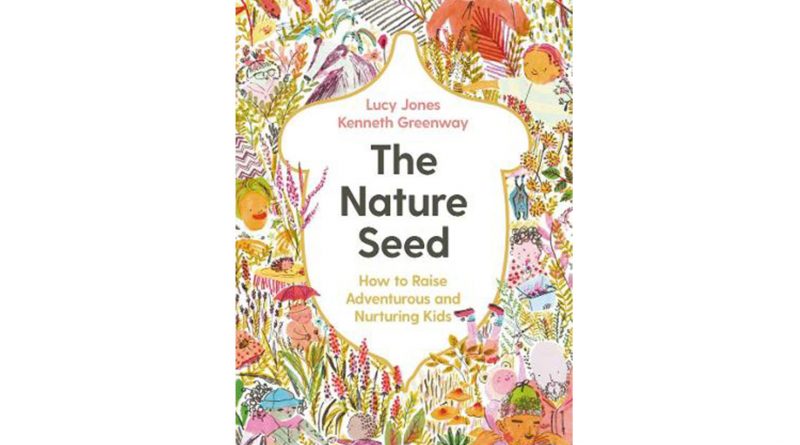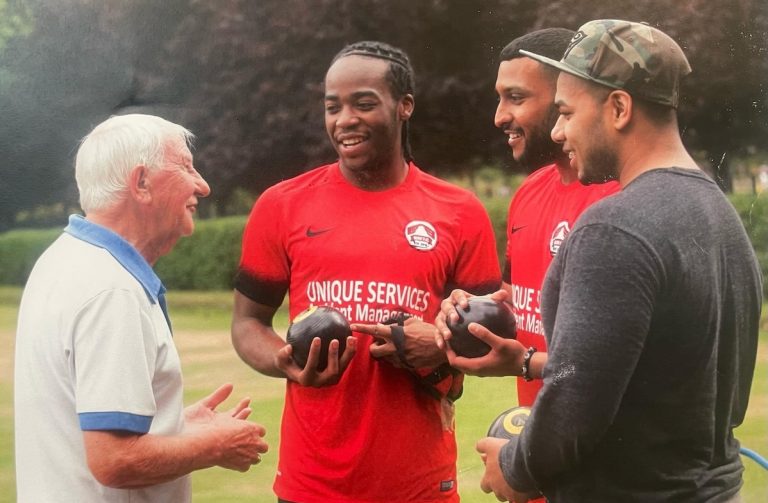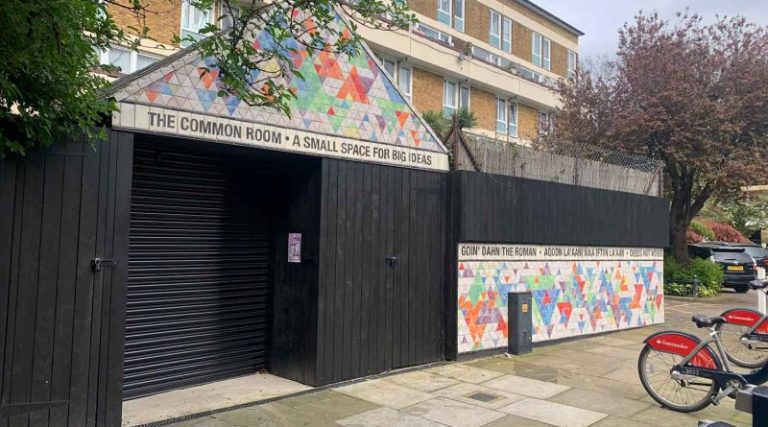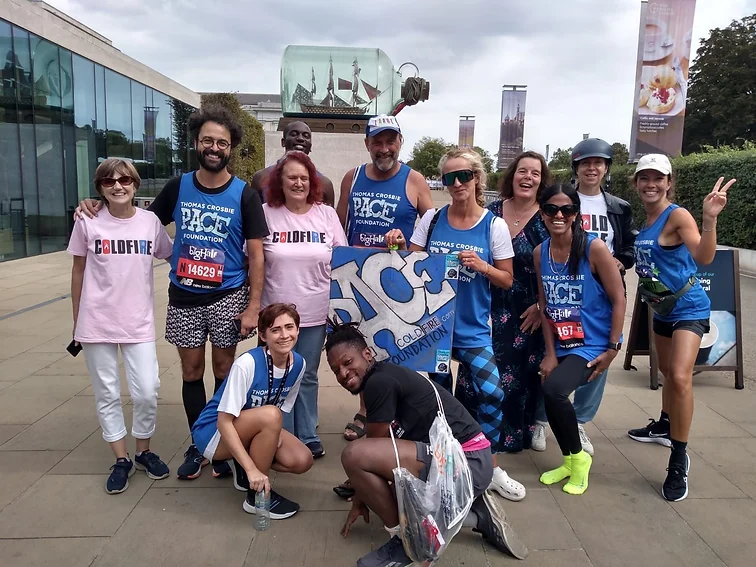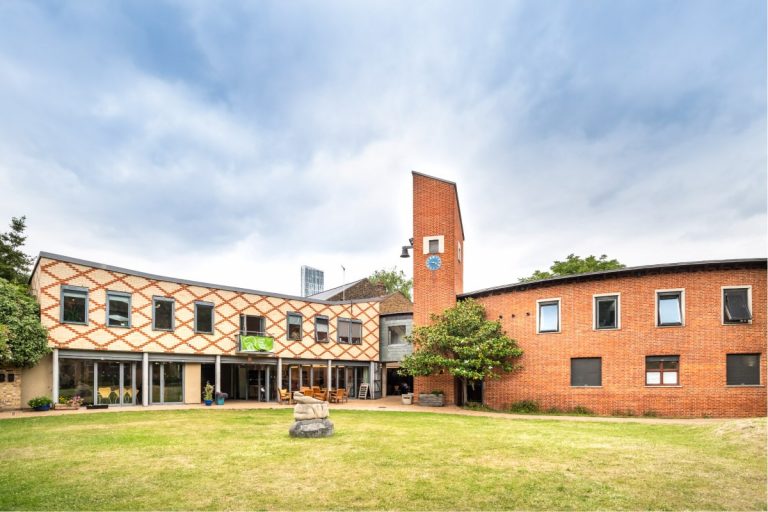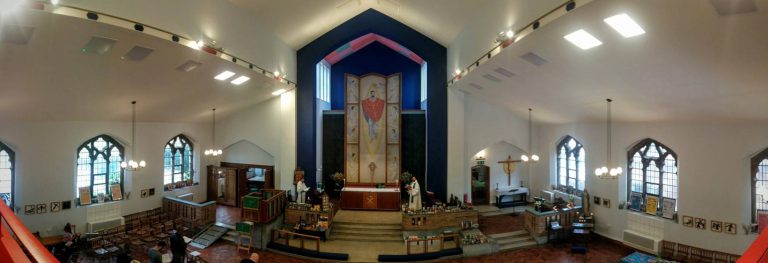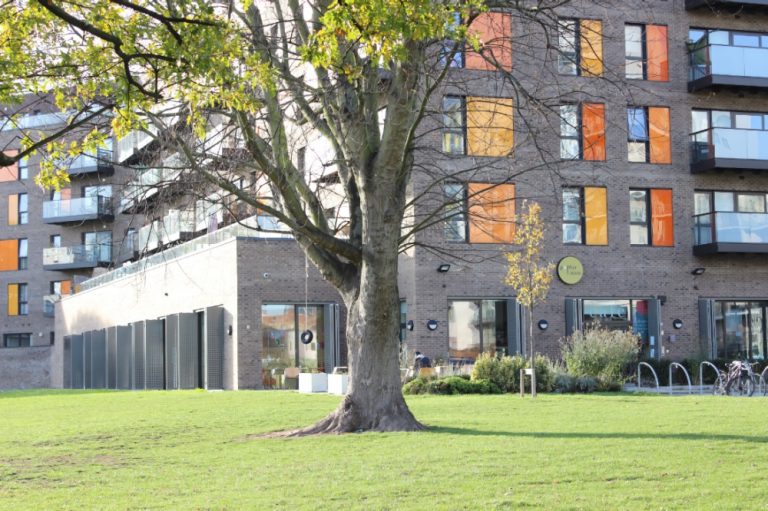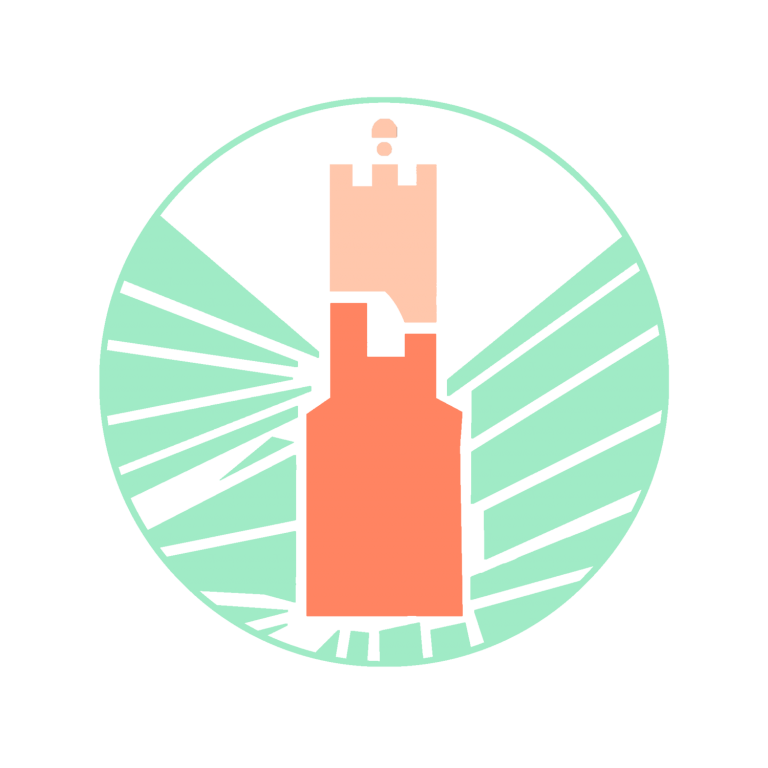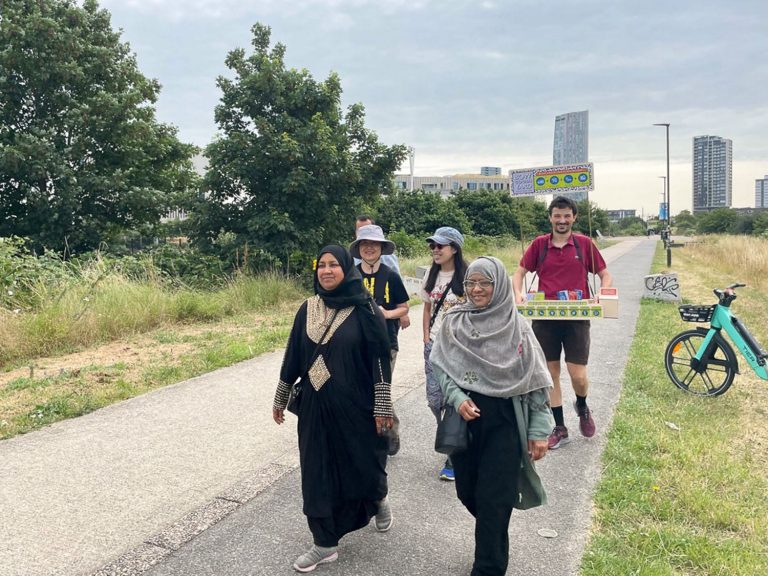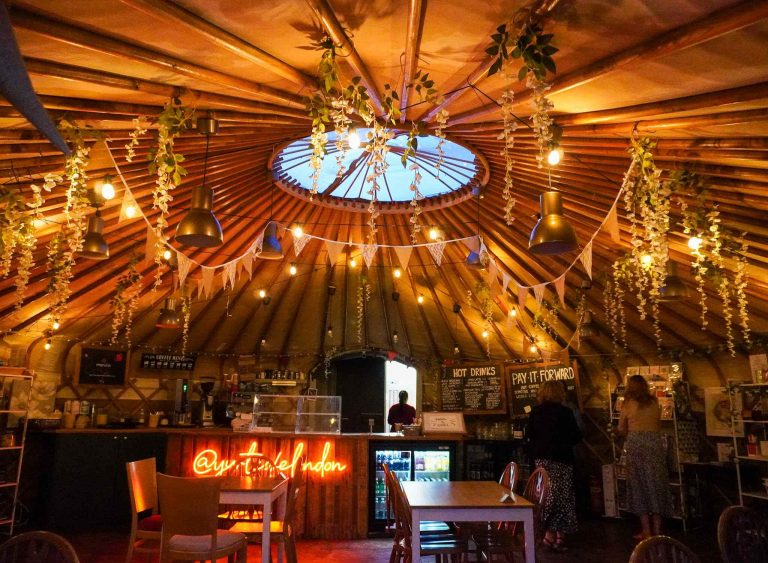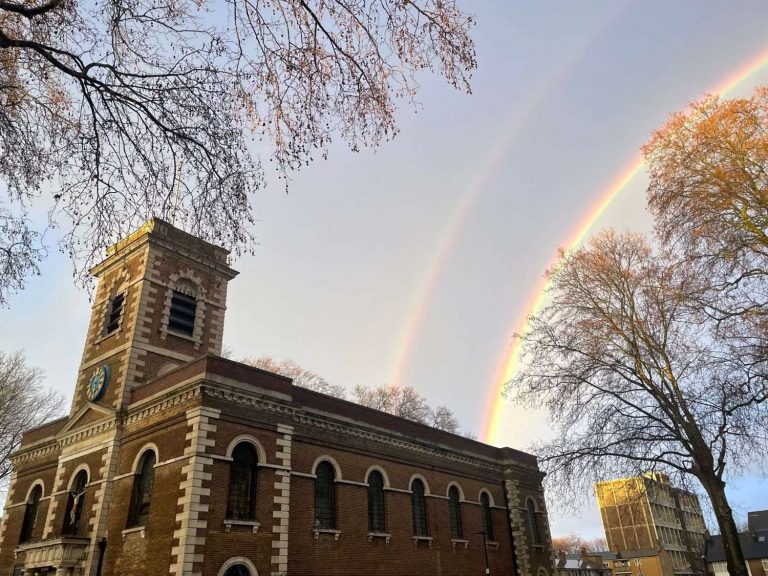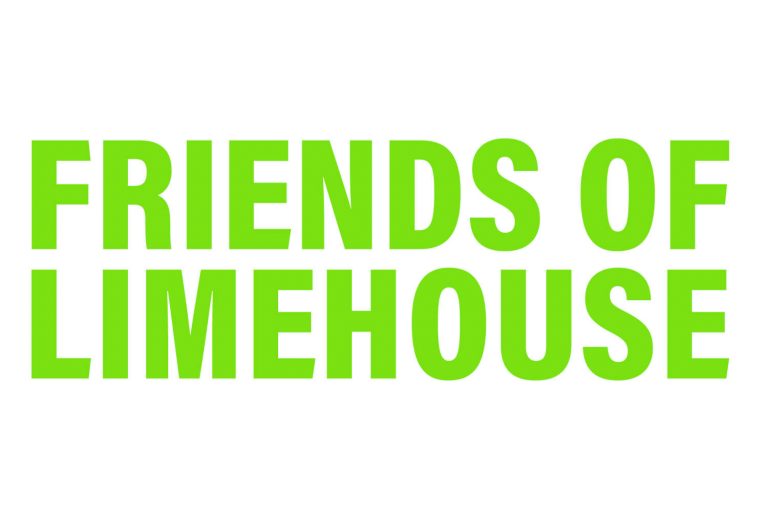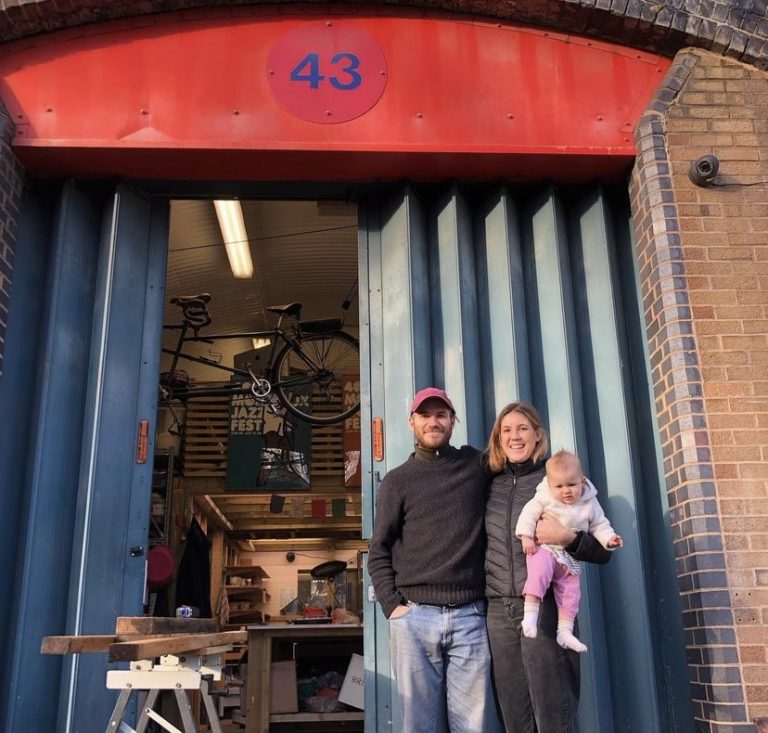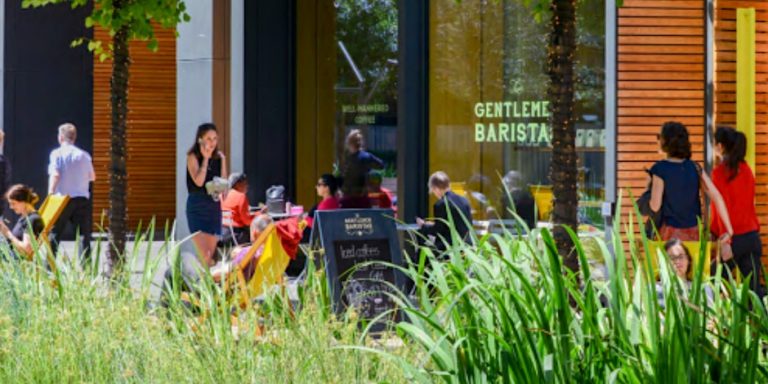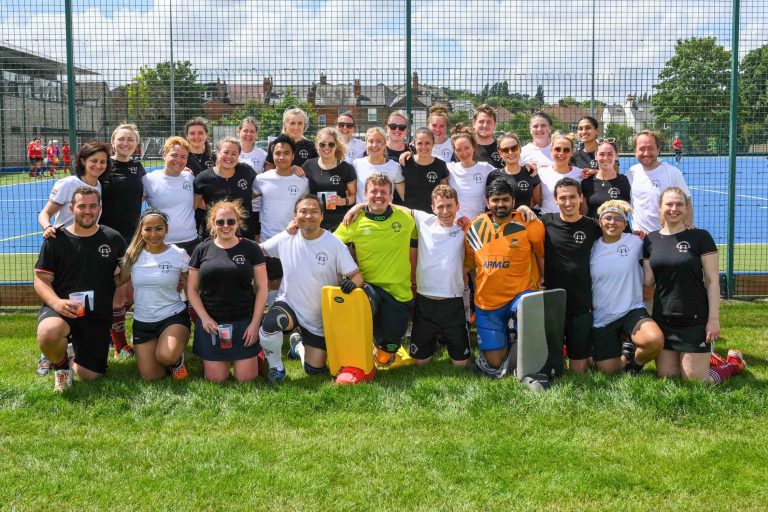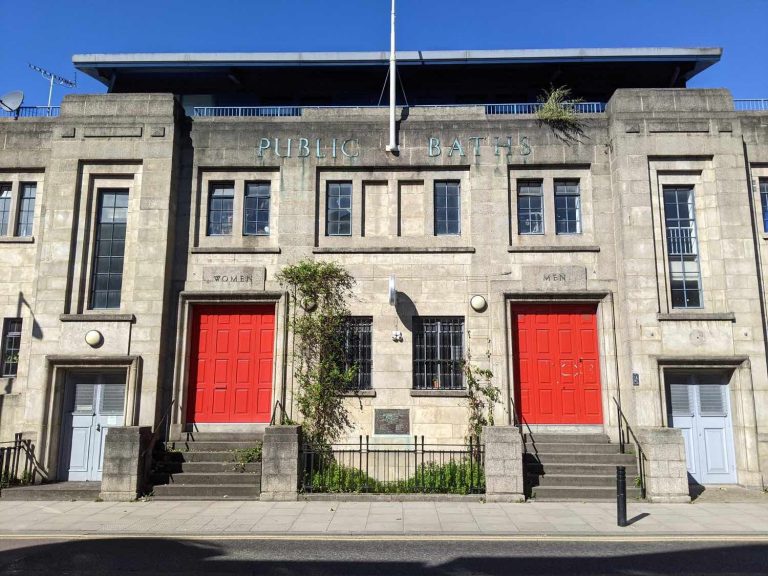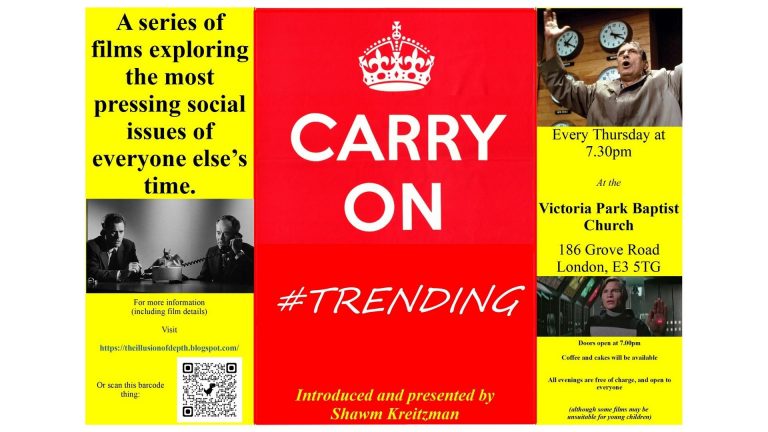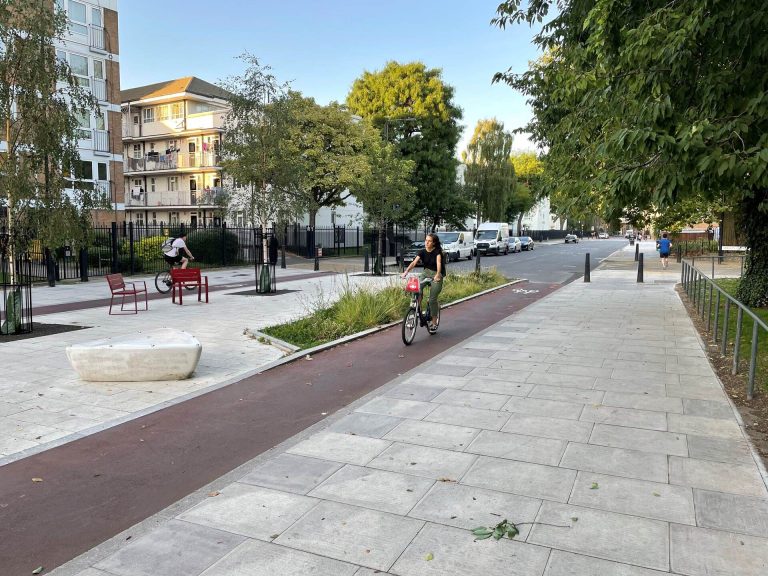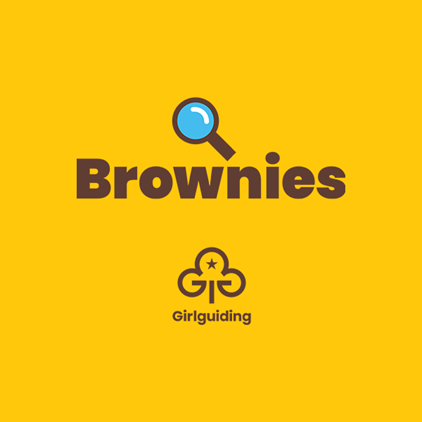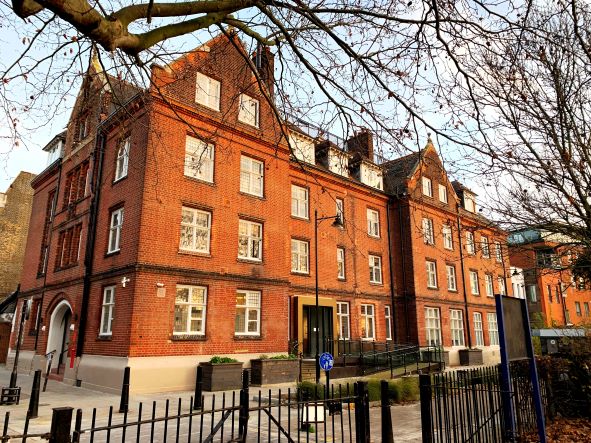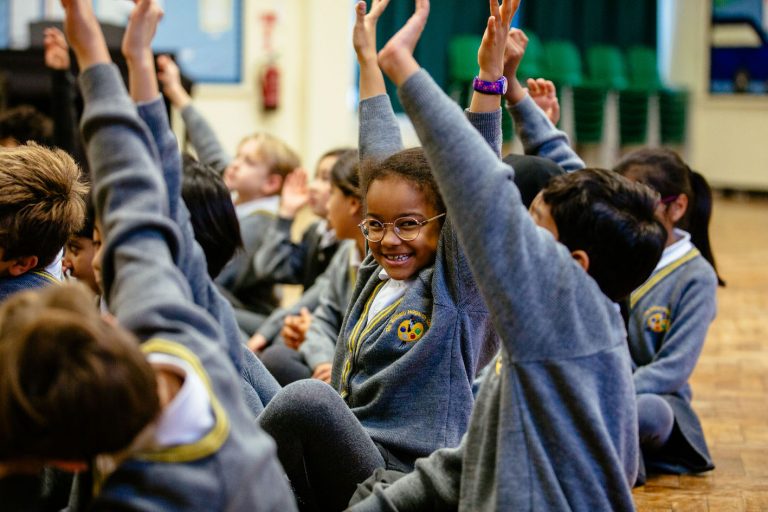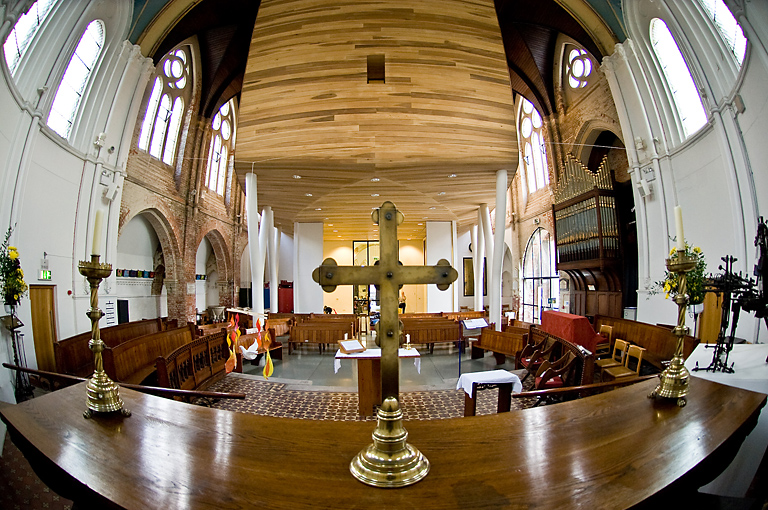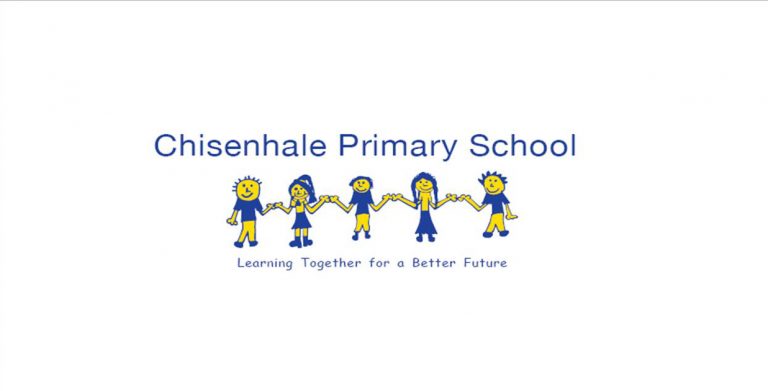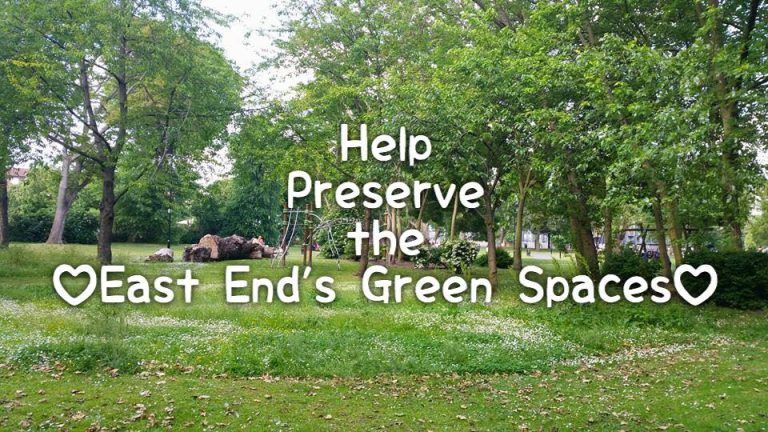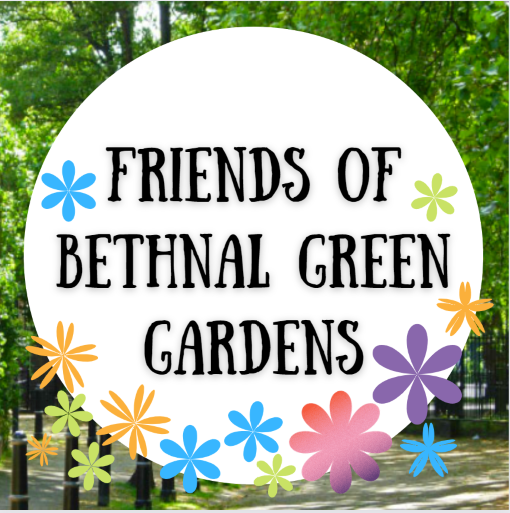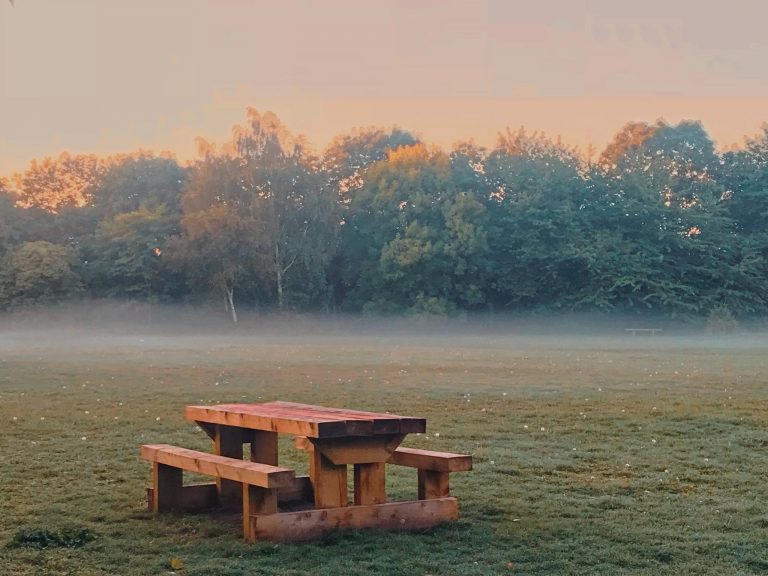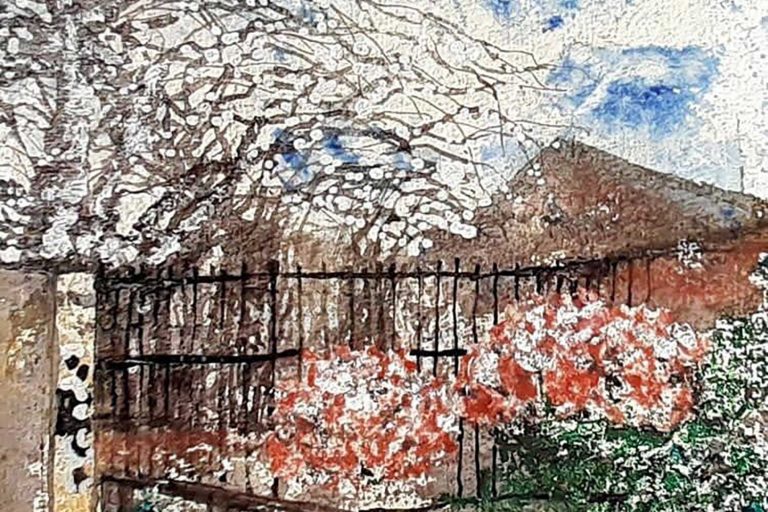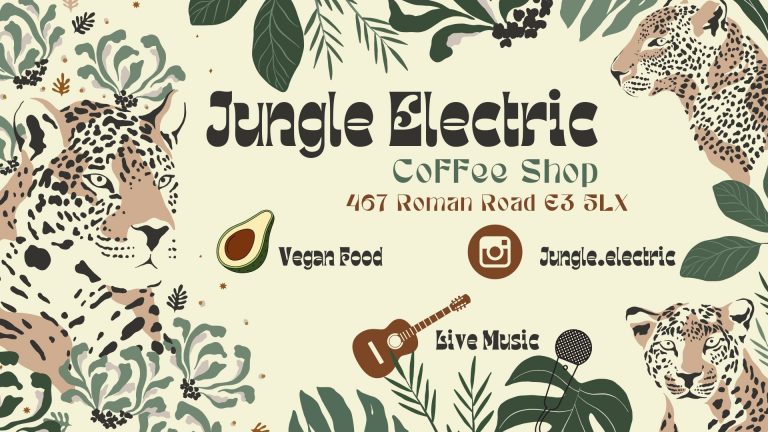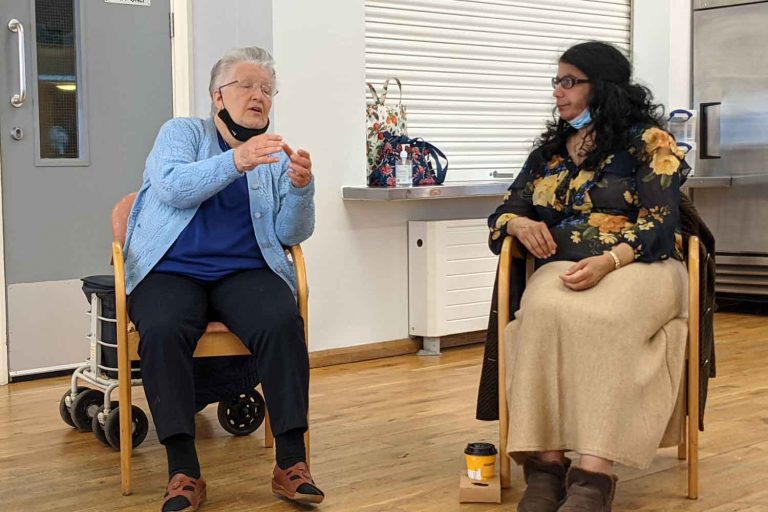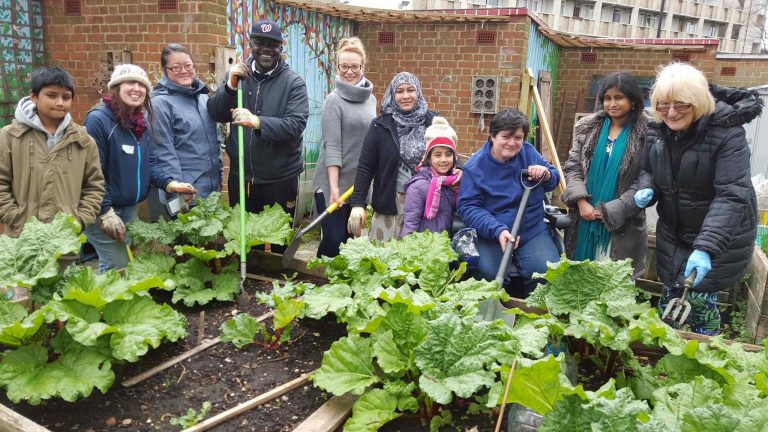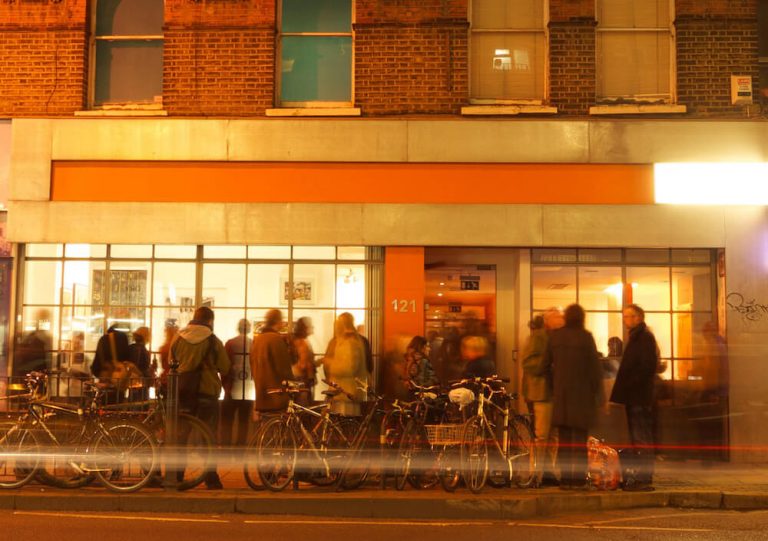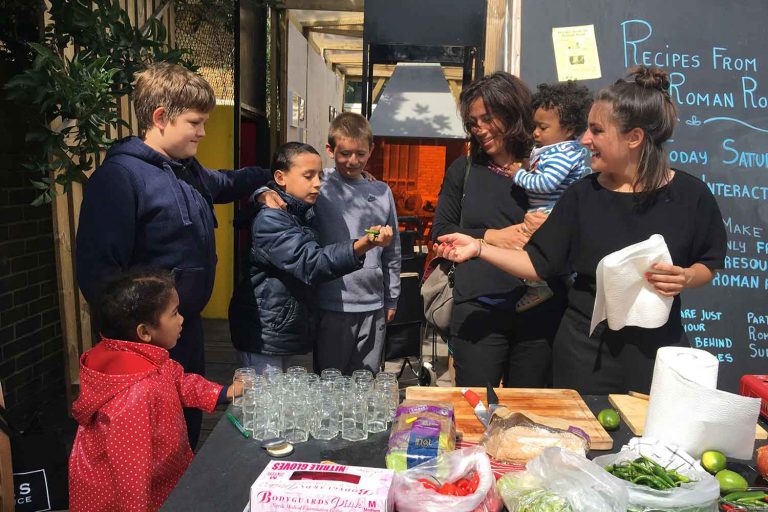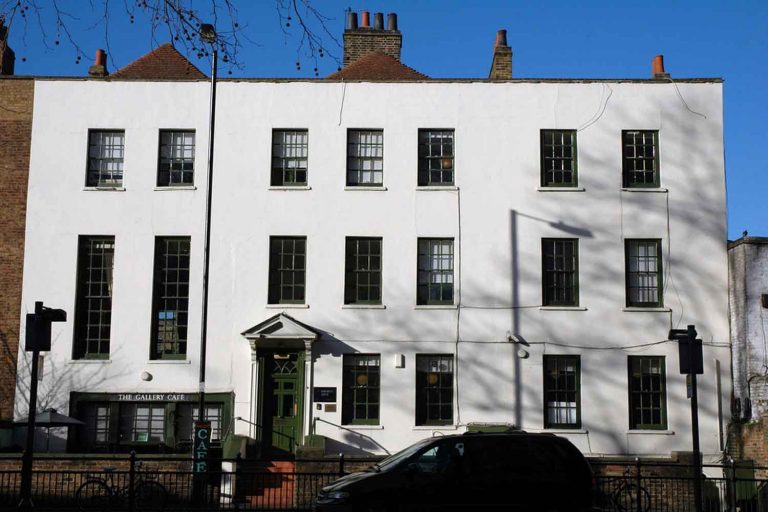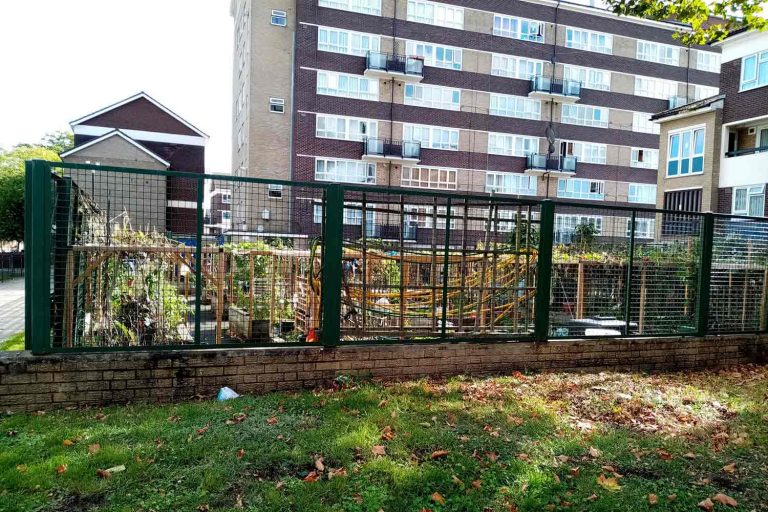Book review: ‘The Nature Seed’ by Lucy Jones and Kenneth Greenway
With help from The Nature Seed, our book reviewer Helen Simms discovers the joy of looking, connecting, and bonding with nature right on her doorstep
‘How to raise adventurous and nurturing kids’ promises The Nature Seed, a new book by Lucy Jones and Kenneth Greenway. As someone with a love of the outdoors, raising two young kids in an inner-city borough, this couldn’t be more up my not-very-tree-lined street! Full disclosure: I am a London National Park City Ranger, which means I fully subscribe to the belief that wildlife is vital to our lives and cities and volunteer to make London greener, healthier, and wilder. So, completely biased then! But perhaps also well-placed to judge what the authors are trying to do with this book and test out how it stands up with my own kids and experiences. Let’s find out!
The Nature Seed is both a manifesto and a manual for connecting with nature. It combines snippets of evidence for the benefits of engaging with nature and inspiration and practical tips for ways to do this with kids of all ages. Quotes, facts, photos, activities, and even recipes are woven together in this very inviting book.
While many nature books urge a reconnection with the land from authors cosied away in a house in the woods, living off-grid in a shepherd’s hut, or fingernails full of soil from working their own small-holding, this book is much more closely rooted in the average, everyday experience of living alongside nature whether you are in a town, a city, or the countryside. This makes it relatable and relevant, with ideas for connecting that are easy to enact.
The Nature Seed wants us to find ‘awe in the cracks of the pavement and magic on a stroll around the block’. It does this in two ways; firstly, it highlights some of the fascinating creatures and plants we may have overlooked (who knew ladybird larvae looks like Darth Maul!) Secondly, it susuggests some free and easy activities for a range of ages to celebrate the nature we encounter. It nudges us to shift perspective – if only a little – to be enchanted once again by what is all around us. Simply reframing a walk to the corner shop as a ‘wildflower safari’ turns the mundane into a micro-adventure and has us noticing and valuing the plants amongst the tarmac in a different way.
Jones is an author and journalist who has researched and written about science, health, and the environment for publications like The Guardian and the BBC. Greenway is the manager of our very own Tower Hamlets Cemetery Park, Mile End’s local nature reserve. He has spent over 20 years working in nature conservation and with children in outdoor spaces, including running forest school and leading nature walks. The book directly draws on their experiences both as professionals and parents and includes anecdotes and ideas featuring their kids. This gives credibility to their suggestions, knowing the activities have been road-tested by the toughest of judges – the children themselves.
After an introduction, the chapters of the book follow a similar format beginning with Jones’ thoughts and the arguments for connecting children with nature and then moving on to sections from Greenway with his ideas, stories about species to spot, and activities to enjoy. Jones’ sections contain subheadings as if questions from a mildly sceptical reader, allowing her to address common concerns and persuade you to their view. It also means this is the kind of book you can easily dip in and out of. Chapters 2 to 8 progress from a focus on connecting babies and pre-schoolers with nature, through middle childhood, to the early teenage years and looking beyond. The activities can be used in a variety of environments – you don’t need to live by a wood or meadow – some you can try on your street corner or walk to school. They are simple and free to encourage all to have a go.
After dinner yesterday I took my two children (3 and 5 years) for a 15-minute amble around the block. Inspired by The Nature Seed we looked for a little hollow in the ground at the foot of a tree and mixed up a ‘potion’ of dirt, leaves and some glugs from our water bottle with our ‘magic wand’ sticks. The activity provided a motivation to get out of the house and look at our surroundings afresh on a grey pre-twilight evening when we’d normally be tempted to put on the TV. We spotted coloured lichen on the tree trunk, surely an offshoot of our spell-making, and came home with rosy cheeks and stories to tell.
Although this is a simple idea, and similar to games we have played on visits to the woods, it was great to be given the nudge to reconnect to the nature on our doorstep we often overlook. I could see that just nipping out for a quick mid-week stomp could be all it takes to start opening ourselves up to nature in our city and arousing my children’s interest.
The final chapter looks at society and our current engagement with nature, culminating in a call to action for rewilding childhood (did you know the roaming area of children has decreased by 90% since the 1970s?). Jones and Greenway argue that top-down structural and political change is needed and set out recommendations for areas such as housing, schools, and parks. They make a sterling effort of highlighting why we should advocate for change and the small steps we can personally take to foster our bond with nature.
The authors believe that a relationship with nature should be a birthright for everyone, and they recognise that access to nature is unequal, for a variety of reasons. Jones and Greenway are open about their white, middle-class experience and privileges and include excerpts of conversations with a colleague that highlights the very different experiences and access different people have based on race, income, education, and other factors. I believe the combination of imagination and advocating, facts and personal reflections, lyrical prose and down-to-earth guidance makes this an engaging and enticing book that is valuable to a wide audience, and provides wonderful ideas and activities that are accessible for many.
‘Nature is everyone. It mustn’t be kept at the margins of our children’s lives’, write the authors. They wanted the book to be a practical guide so we can empower our kids to explore the natural world wherever they live, and in this they succeed. If you are looking for a book that is thought-provoking and enjoyable, practical and fun, and with the potential to enhance your life, then this is a wonderful place to start.
‘The Nature Seed’ is out to buy now.
If you enjoyed reading this book review, take a look at our review of ‘Victoria Park’ by Gemma Reeves.

